Before you start building a training program or diving into metrics, it’s crucial to identify related goals and objectives. This involves not only understanding and defining your aims for training but also gaining alignment on those targets across your company.
Defining training objectives can be tricky, but the most successful training programs often have two main objectives: first, getting employees ready to perform their jobs effectively, and second, fostering engagement and a culture of continuous growth that helps power faster ramp times and higher retention rates.
Of course, metrics play a crucial role in tracking progress towards training objectives—and overall training program success. It’s essential to establish clear pathways and measurable criteria that ladder up to your established objectives. If you’re unsure about where to even start when it comes to identifying the key metrics to track, consider the following: individual and team completion of specific training courses and learning paths, progress through training modules, and verifiable skill acquisition and upskilling in areas that are most-relevant to your business, jobs, and individual roles.
You should also consider a mix of quantifiable and non-quantifiable metrics. While some metrics are quantifiable, such as cost savings through less reliance on outside contractors for certain jobs, quicker service calls, and reduced callbacks, others may be more qualitative, such as increased employee engagement or job satisfaction that’s captured and expressed during one-on-one conversations.
With that, here are three proven ways to maximize the success of these training initiatives:
1. Start with Leadership Buy-In and Engagement: Successful training initiatives require buy-in from leadership, starting from the top of the organization. Leadership enthusiasm and support sets the tone for the entire company and contributes to a culture of learning. Multifamily industry vet and training expert Craig Bartholomew stresses the need for top-down support and recognition of the value of training initiatives. He suggests sharing success stories and metrics to demonstrate the return on investment in training. “If you want to get somebody in leadership really bought into your training, you’ll need to be able to show ROI,” says Bartholomew. “For example, it puts you in a position of strength if you can share that you saved X amount of dollars on X property in 2023 due to advanced training that helped our on-site teams complete repairs that we previously subbed out to a contractor, so there’s a $10,000 savings this year.’ You make the connection between training and positive business outcomes.”
2. Create a Feedback Loop: The best training programs open the doors to a two-way dialogue between admins and learners, managers and techs. Employee recognition, praise, and rewards for completing training modules or achieving milestones are crucial for maintaining employee motivation and engagement. Rewards can range from verbal recognition to tangible incentives, and they help reinforce the value of training initiatives. Moreover, creating this consistent system of recognition helps to promote accountability for training with a positive spin–think more carrot than stick.
Actively soliciting and listening to feedback from employees regarding the effectiveness and relevance of training programs is essential. This feedback loop allows organizations of all sizes to make necessary adjustments and improvements to training initiatives based on real-world, actual-team insights. This involves tracking technicians’ training program, gathering feedback from employees, and adjusting training programs as needed to meet evolving needs. “Don’t underestimate the power of a simple conversation,” says Bartholomew. “As a leader, you’re saying to your techs: ‘hey, you’re doing this training that we’re providing for you. Do you feel like you’re learning anything? What are you able to do now or do more effectively that you weren’t doing six months ago?’ Those answers will be valuable insight for what’s working and what’s not for the individual, and that may have applicability for the larger team.”
3. Embrace New Learning Tech and Methods: The next generation of learners grew up with tech, so it tracks that they not only want but also expect that experience in their training and career development. Connecting techs with engaging and practical training methods is good for techs and business. 95% of Interplay customers have seen a positive impact on their business since they began training their teams with Interplay’s platform, 92% of customers have either grown their business or eliminated costs by using our platform, and 89% say Interplay gave them the ability to train techs faster than before.
Did you know that VR-trained employees are 4X more focused during training than their eLearning peers, 1.5X more focused than their classroom colleagues, and 275% more confident in applying skills after training? Interplay’s training platform features over 450 hours of lifelike simulations and videos that span HVAC, electrical, plumbing, safety, and more, which can be experienced in virtual reality (VR).
Beyond harnessing learning technologies, incorporating gamification and competition into training programs can increase engagement by intentionally turning learning into a more interactive and competitive experience. This approach fosters healthy competition among employees and encourages them to complete training modules efficiently.
Want to learn more? Check out our free on-demand webinar, Metrics that Matter: Proving Your Training Program is a Success, featuring multifamily industry vet and training expert Craig Bartholomew.









